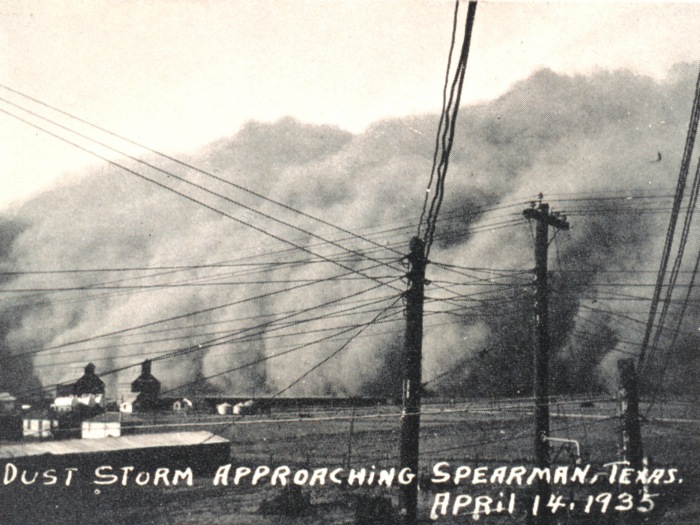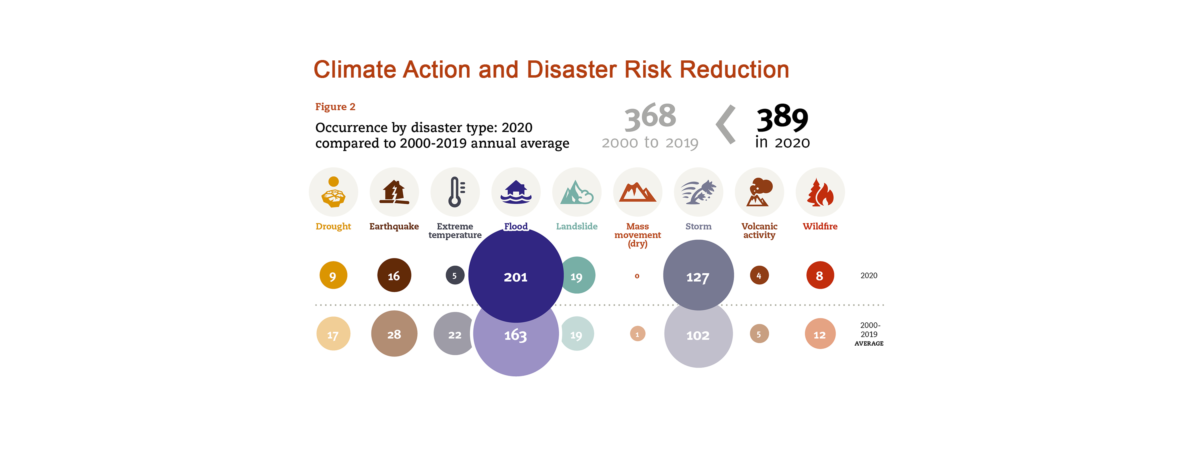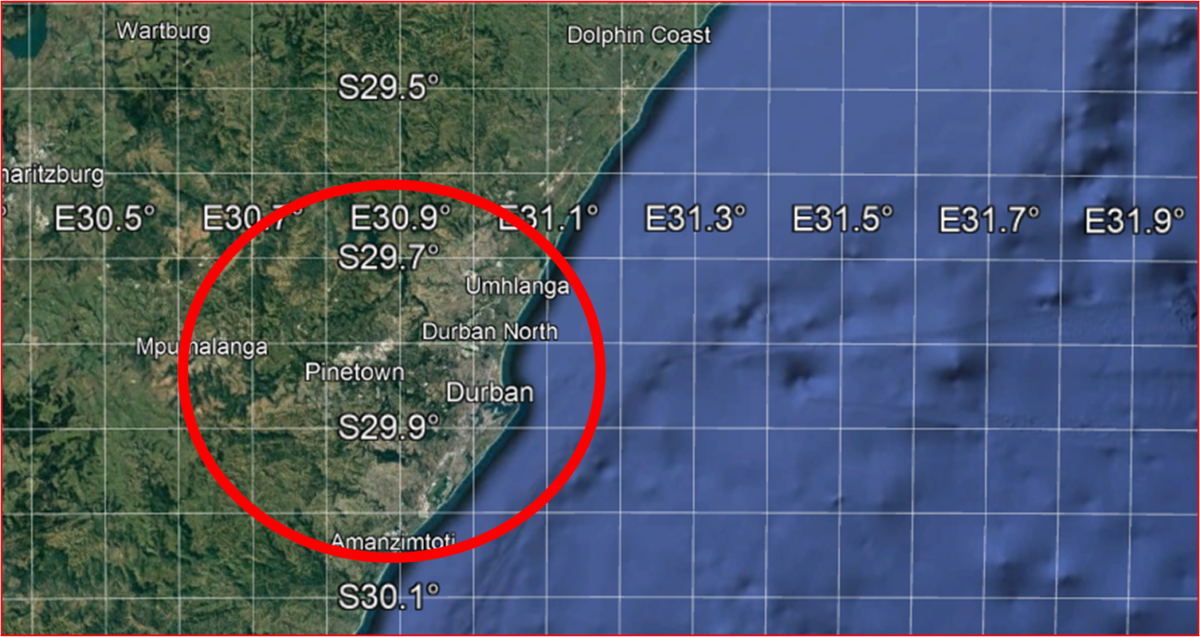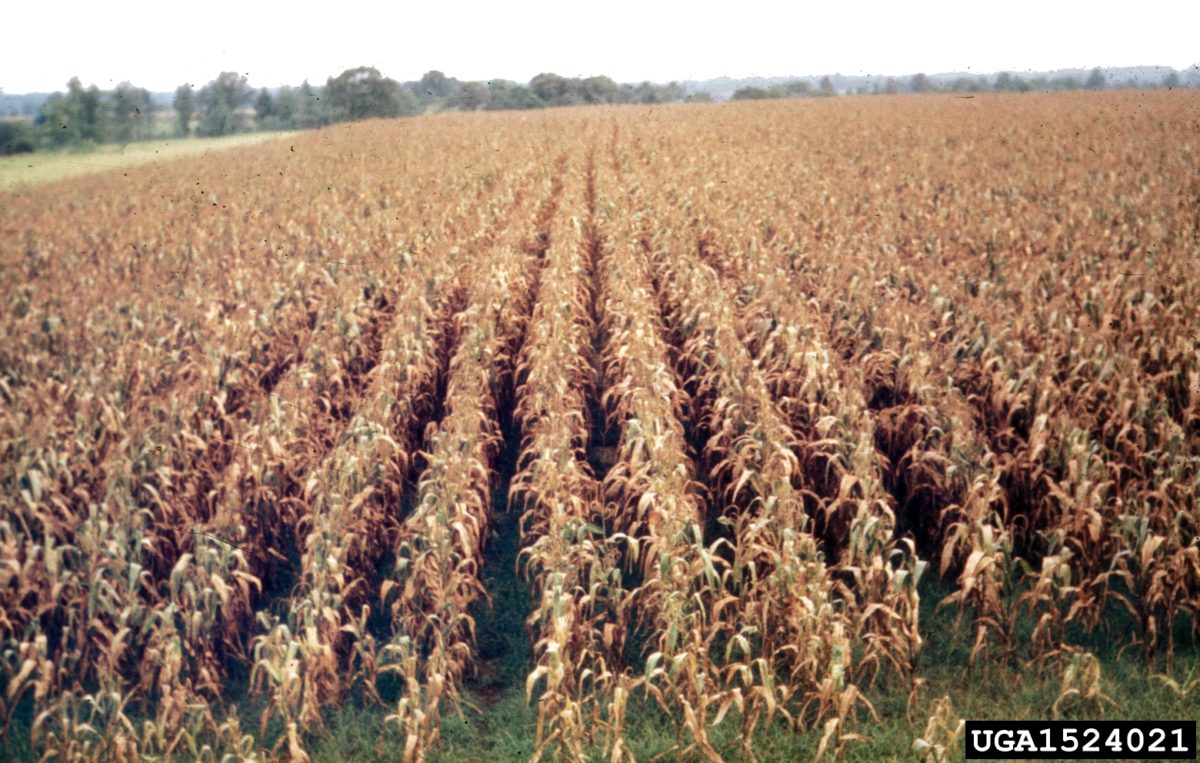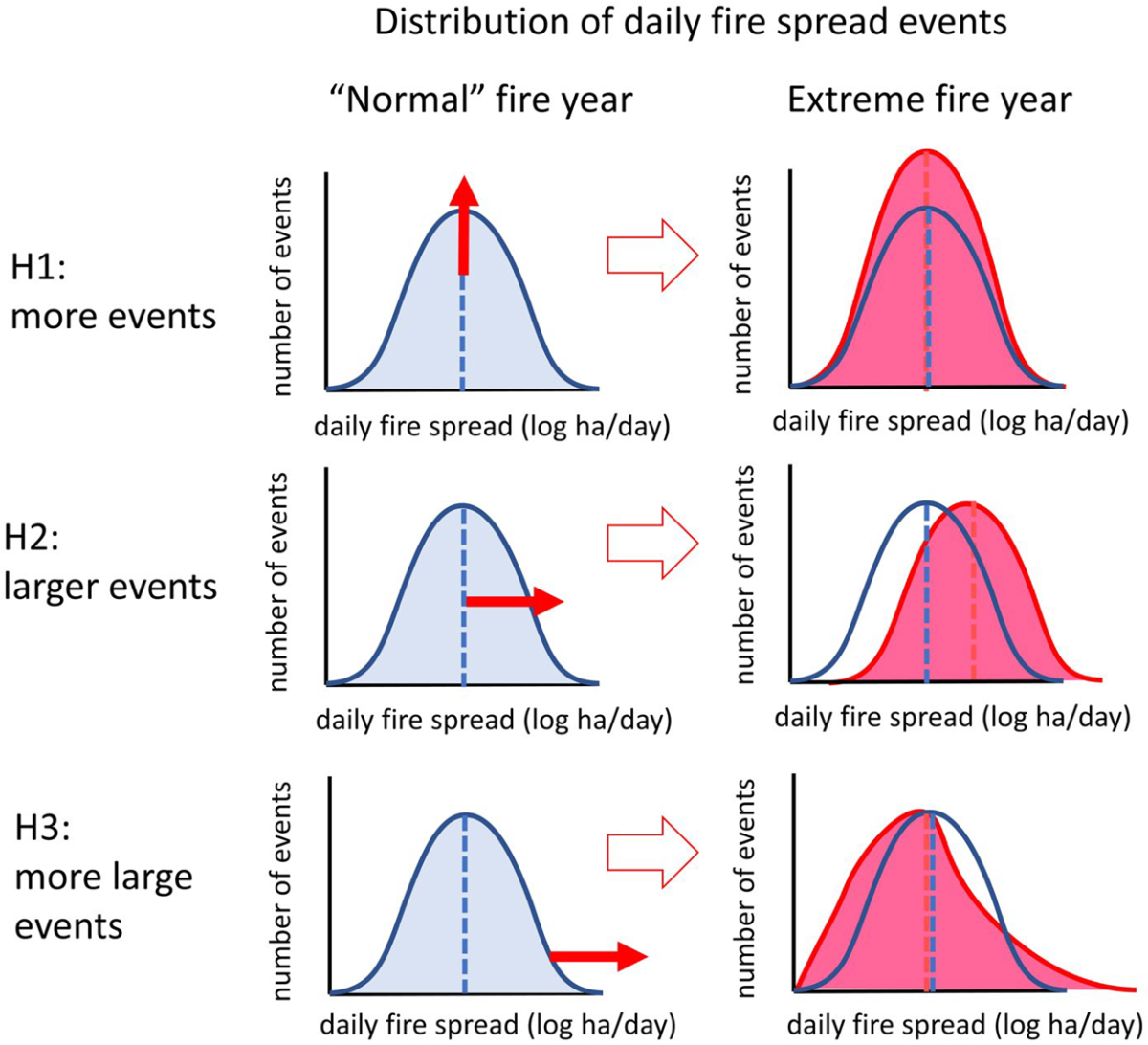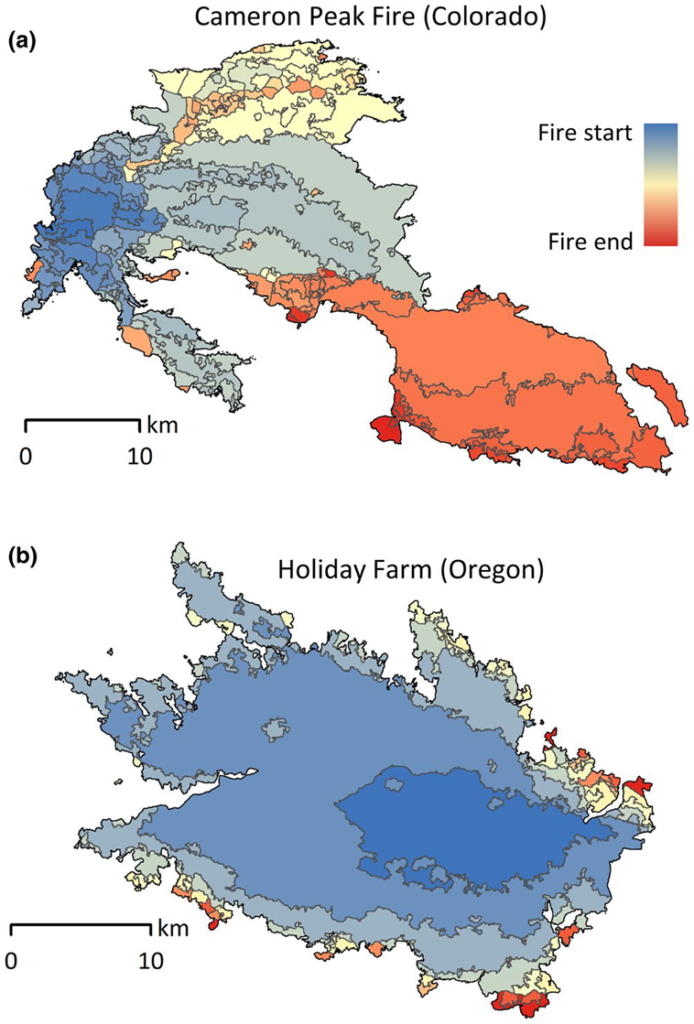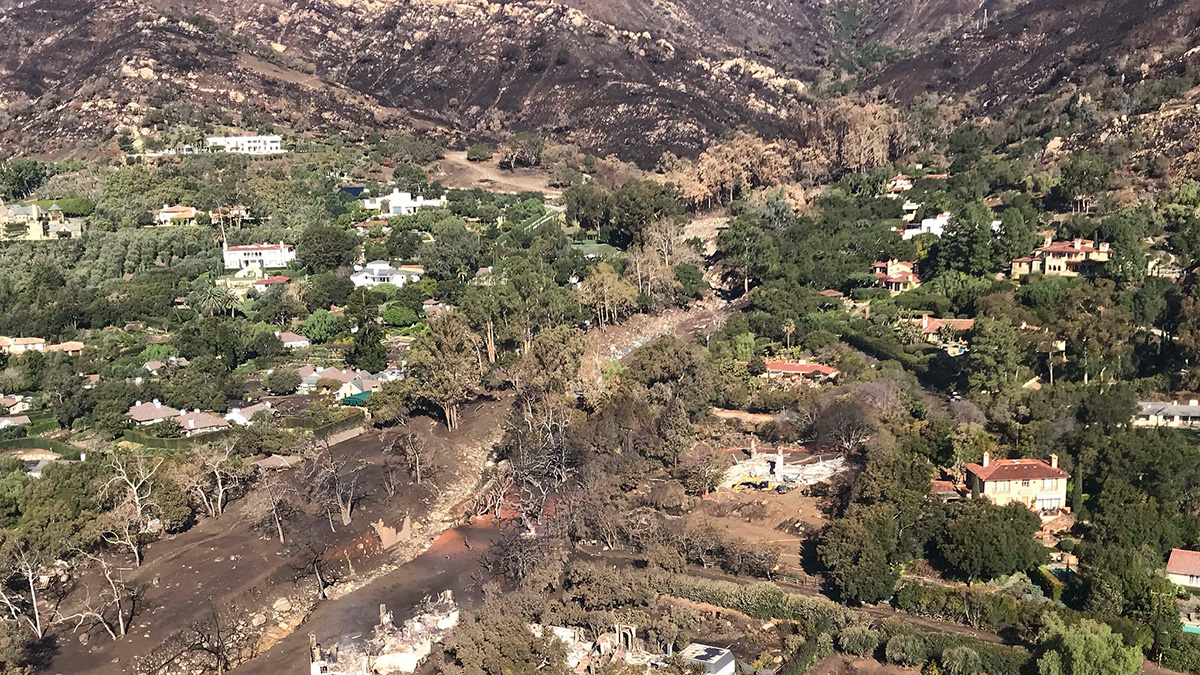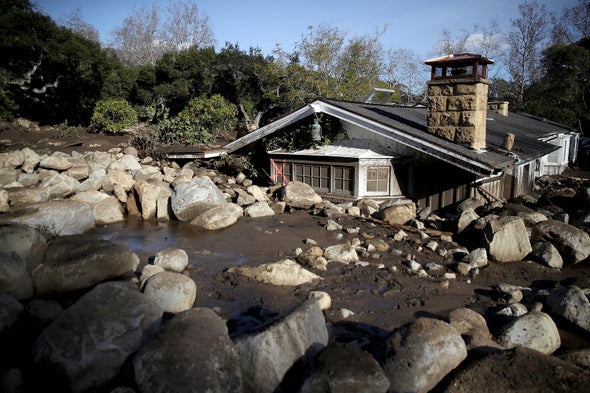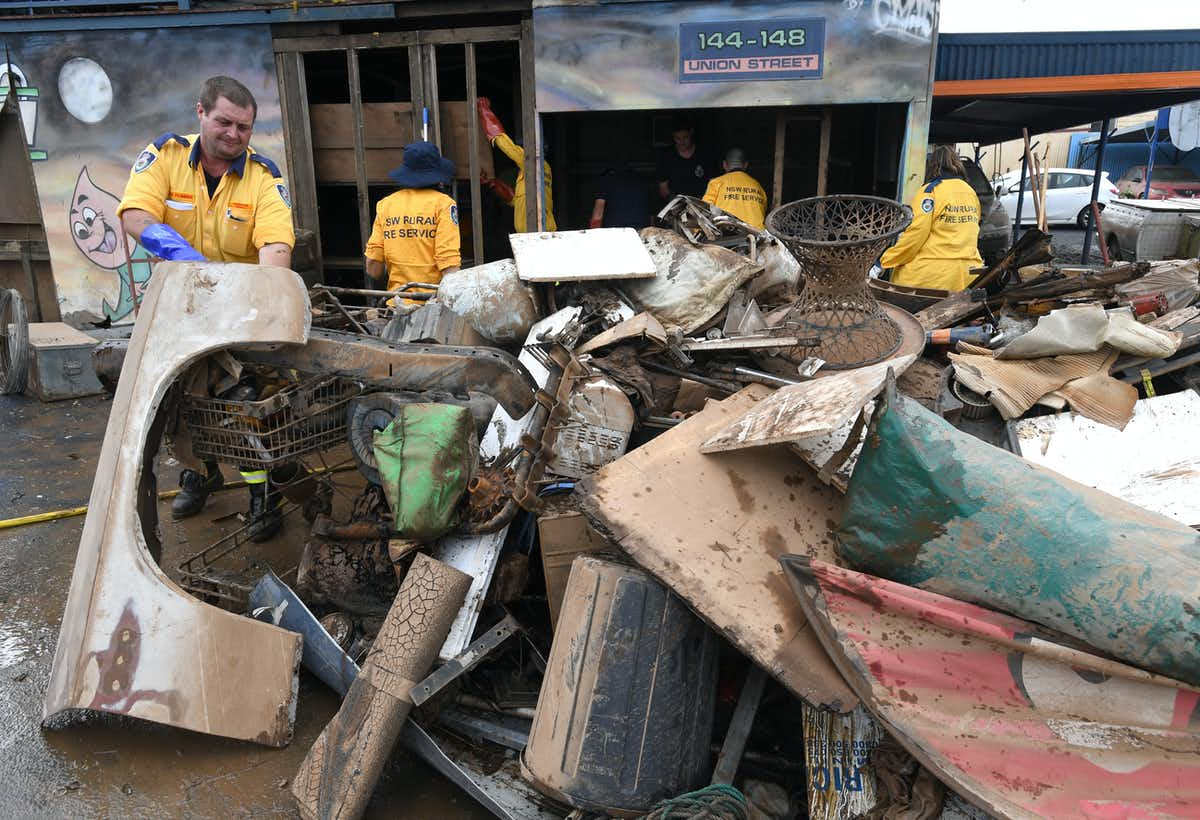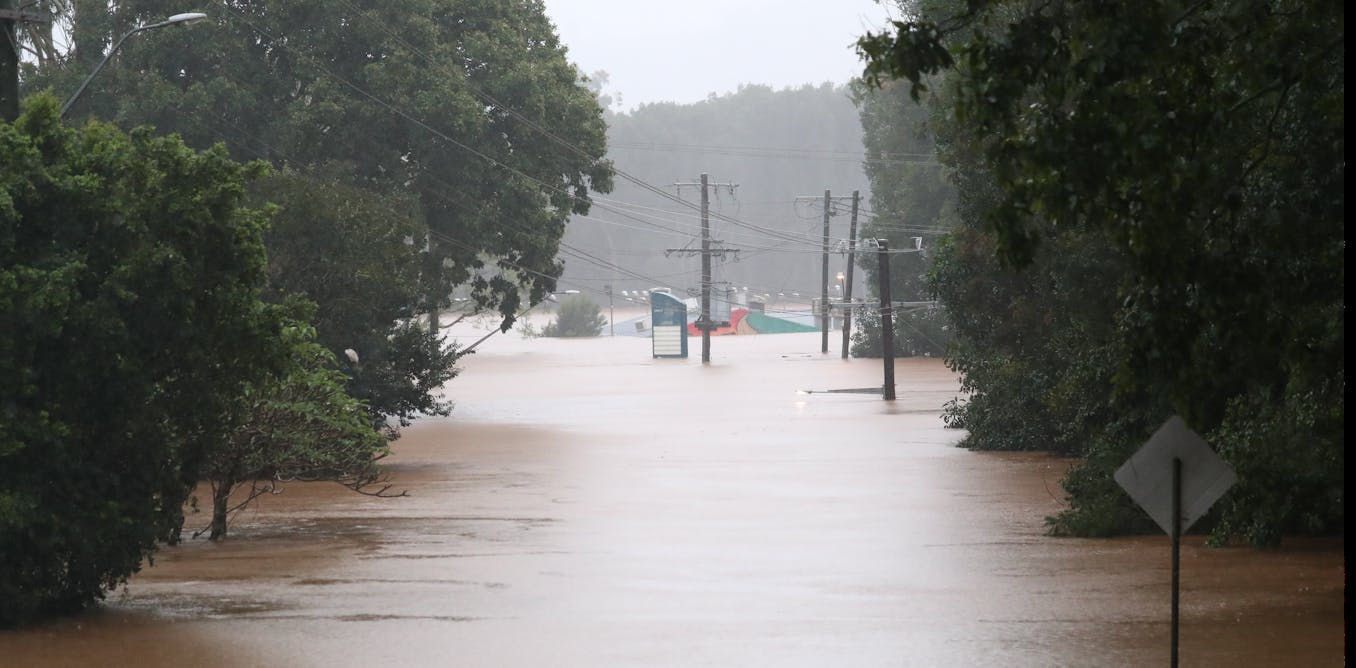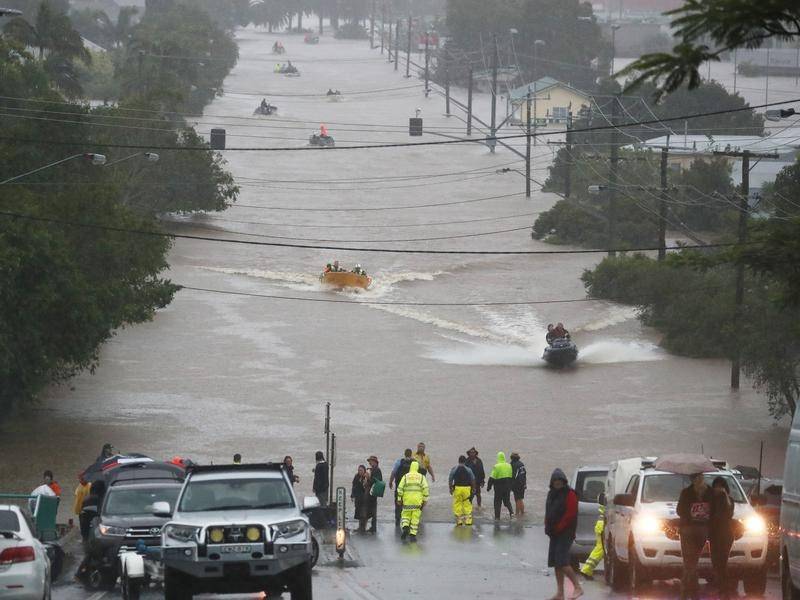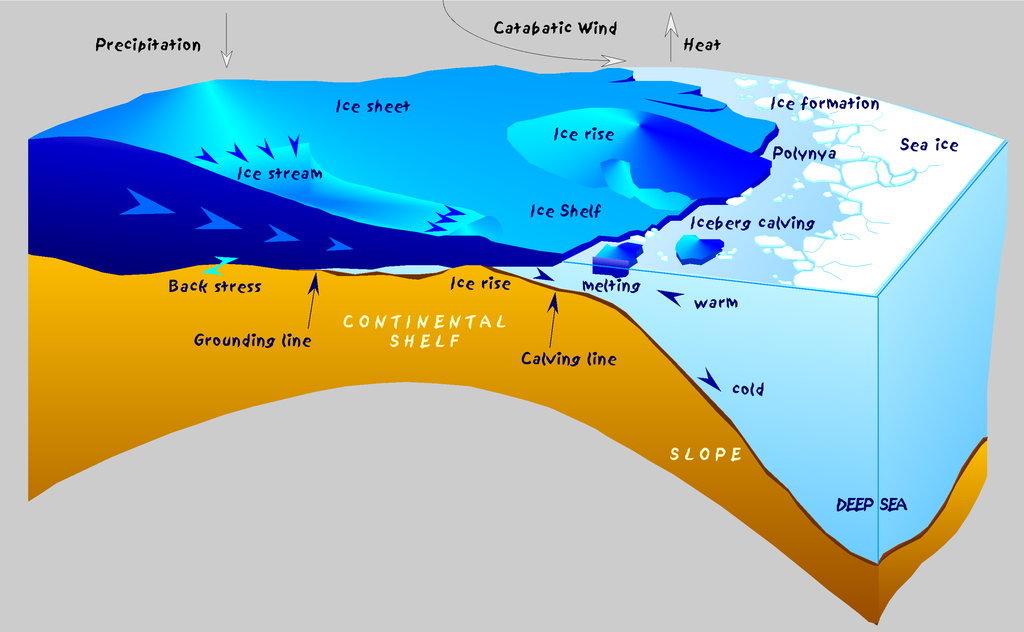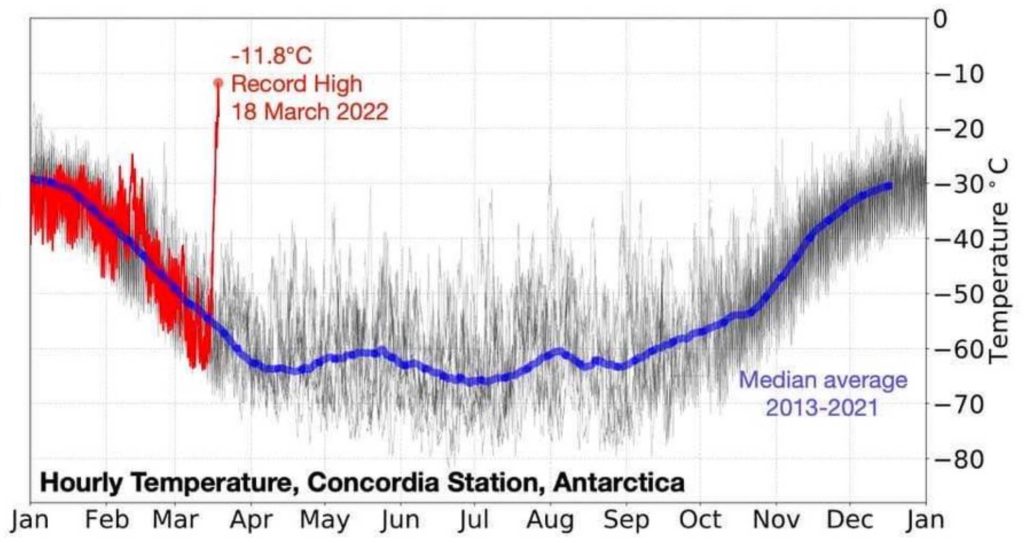Foretaste of what Australia may see next summer?
Is this the beginning of the kind of multi-year drought that caused the US ‘dust bowl‘, famine and social disruption in the 1930s?
by Maggie Astor, 0v/05/2022 in New York Times
Smoke and Sandstorm, Seen From Space: A time-lapse image of smoke from wildfires in New Mexico and dust from a storm in Colorado illustrates the scope of Western catastrophe.
The video is mesmerizing: As three whitish-gray geysers gush eastward from the mountains of New Mexico, a sheet of brown spills down from the north like swash on a beach.
What it represents is far more destructive.
The image, a time-lapse captured by a National Oceanic and Atmospheric Administration satellite, shows two devastating events happening [at the same time] in the Western United States. The first is a wildfire outbreak in northern New Mexico that started last month and has intensified in the past two weeks, fueled by extreme drought and high winds. The second is a dust storm caused by violent winds in Colorado.
Both are examples of the sorts of natural disasters that are becoming more severe and frequent as a result of climate change.
Read thee complete article….
Featured Image: A dust storm approaching Spearman. In: Monthly Weather Review, Volume 63, April 1935, p. 148. Date: 1935 April 14 Location: Texas, Spearman …an excellent view of a dust storm that occurred at Spearman, Tex., on April 14, 1935. The photograph was submitted by the official in charge, Houston, Tex., and was taken by F. W. Brandt, cooperative observer at Spearman, Tex. Credit: US National Oceanic and Atmospheric Administration, National Weather Service / Public Domain / Wikipedia
